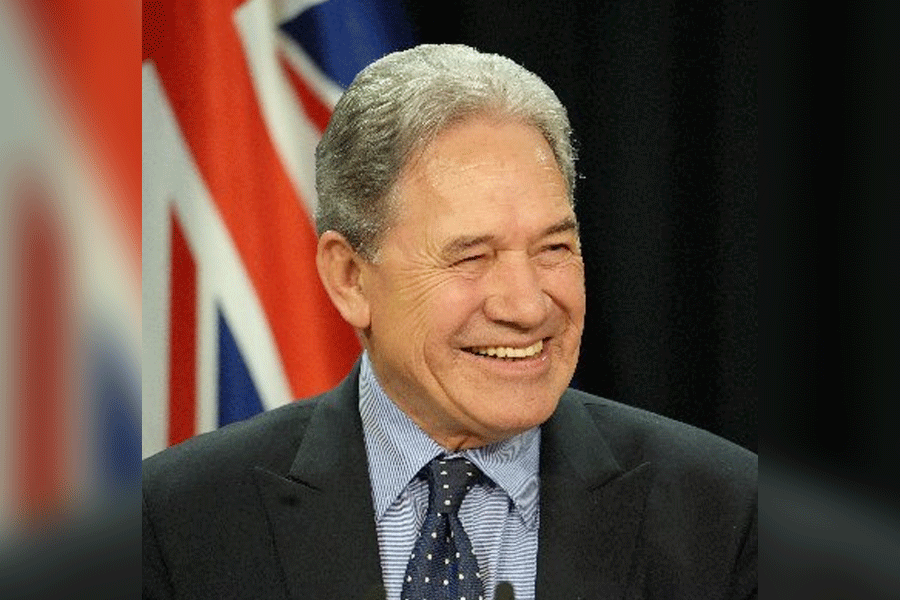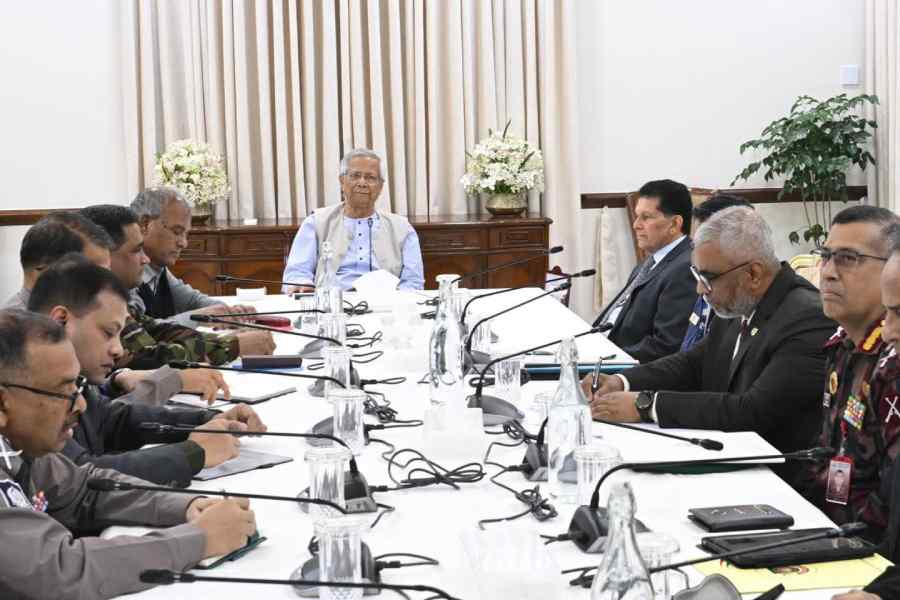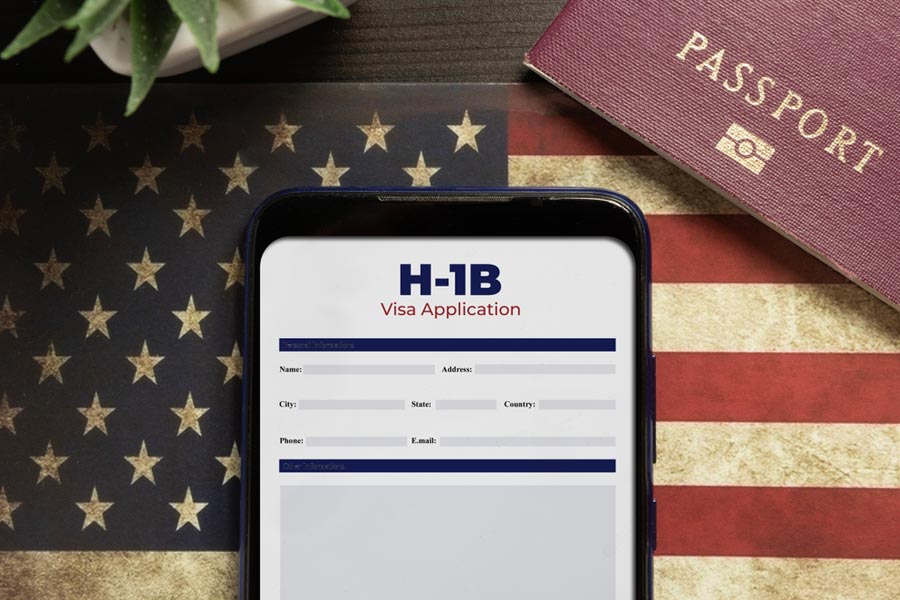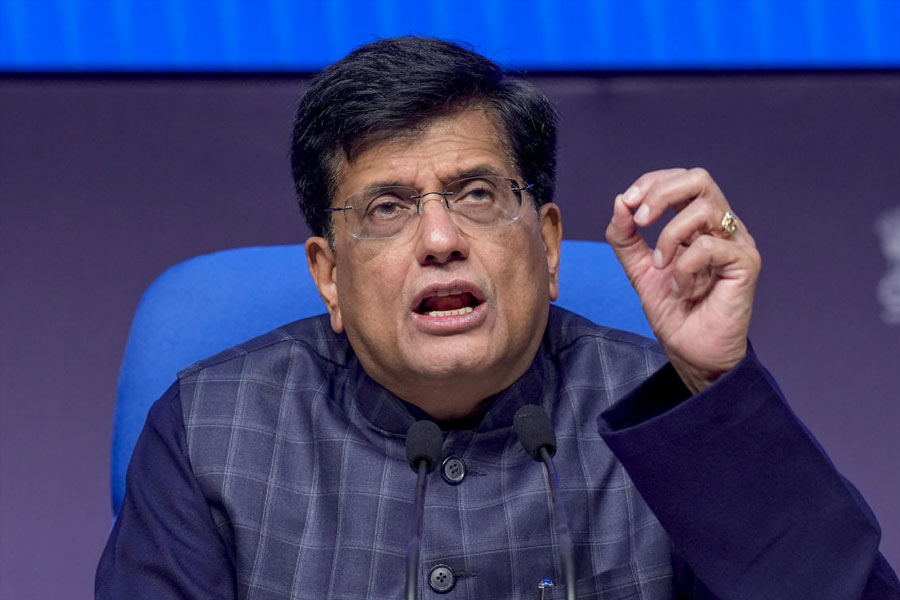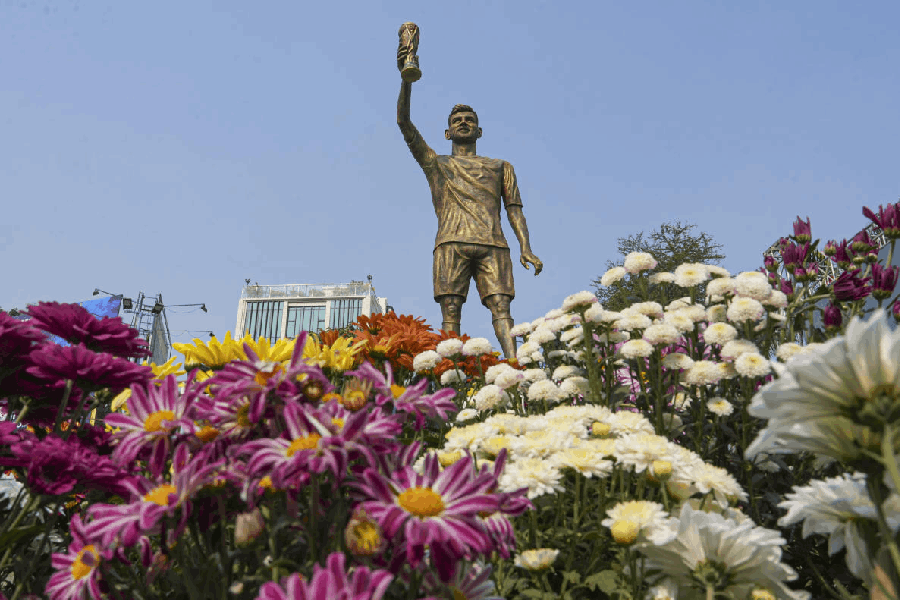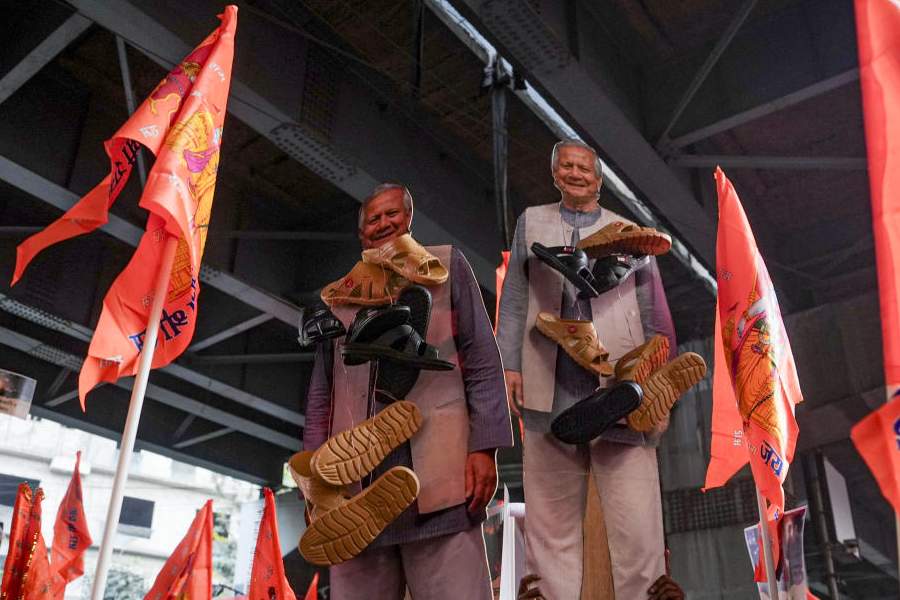 |
T he first great upheaval in my life was coming to Calcutta after Independence, at the age of seven. My family is from East Bengal, and the Partition left a mark on our lives. My parents were both artistically inclined— my father painted scenes for plays and my mother made beautiful alpanas. I still remember making paints from plant sap or collecting leftover paints from where the idols were made. I was always interested in art, but things would be different if we hadn’t come to Calcutta’s Saheednagar Colony in 1951.
The atmosphere there — plays, poetry reading sessions and singing, nurtured my creativity. I also read a lot of Tagore’s works.
The time spent in Paris was the second turning point of my life. In 1965 I got a French scholarship for painters and went to Paris for two years. I learnt Italian mosaic and fresco at the Ecole des Beaux Arts and graphic art at Hayter’s Studio.
I was exposed to European art and culture and saw the works of major artists of the Western world in Italy. We visited the major art galleries and museums and I saw Da Vinci’s Last Supper and Michelangelo’s Moses among others. All this showed me where I stood with respect to these masters. I got a deeper understanding of how an idea in my mind could be translated into a painting.
Joining as the curator of paintings of the Rashtrapati Bhavan in 1972 was another milestone. During the next 15 years, I met some important leaders of the era. The journey from being a refugee to a curator let me see such a wide spectrum of people that I don’t consider anyone greater or lesser than the next. I respect everybody and believe they are all equal.
(As told to Shreya Shukla)


